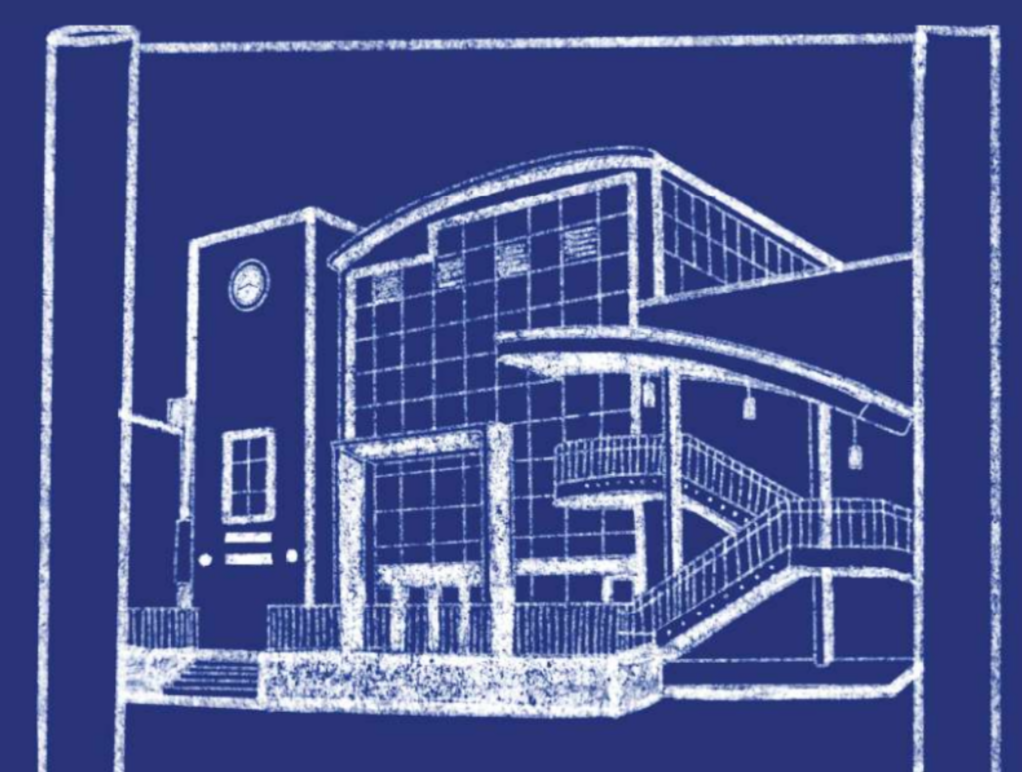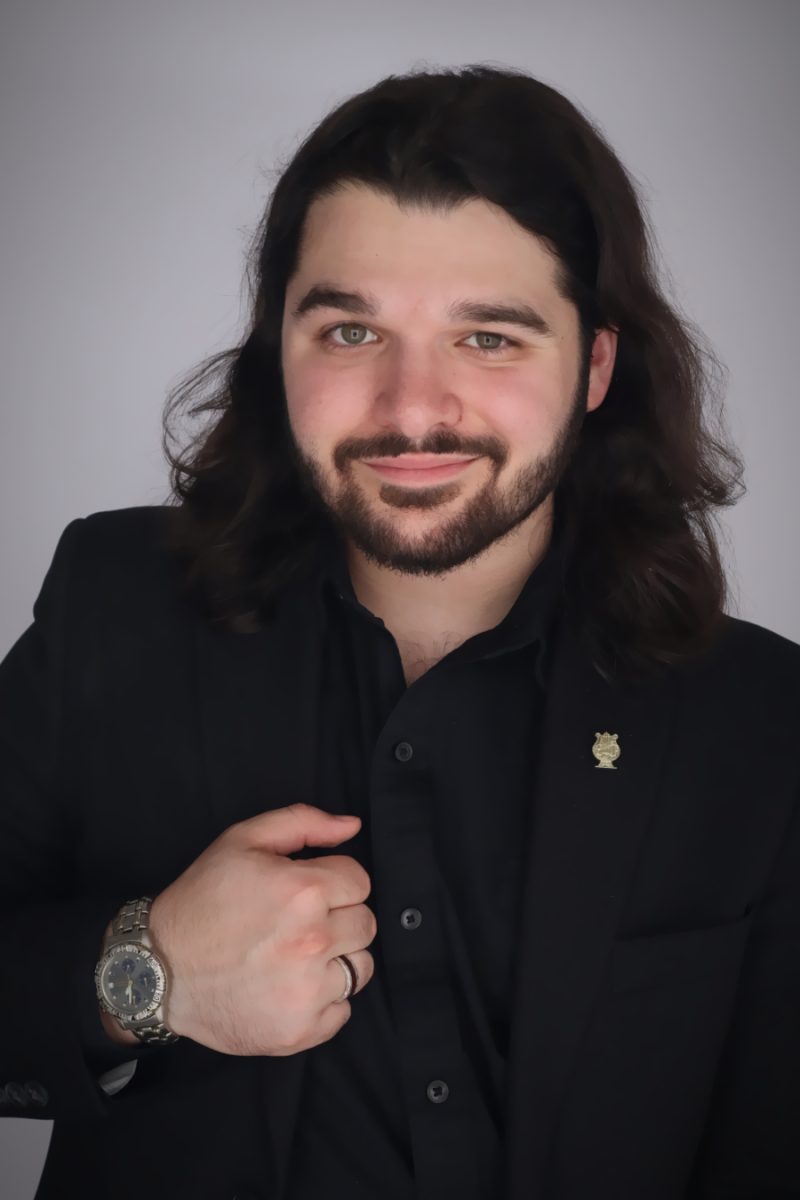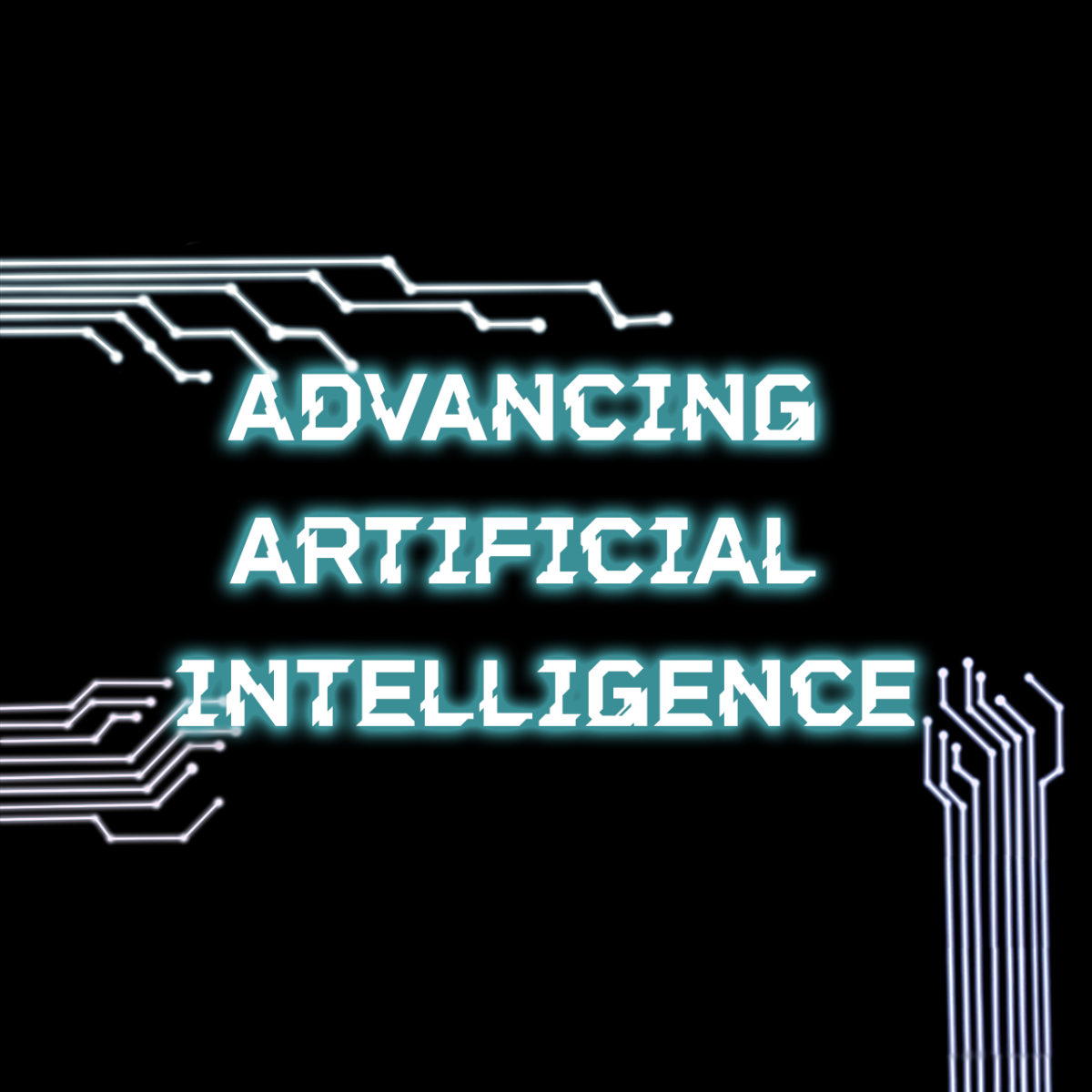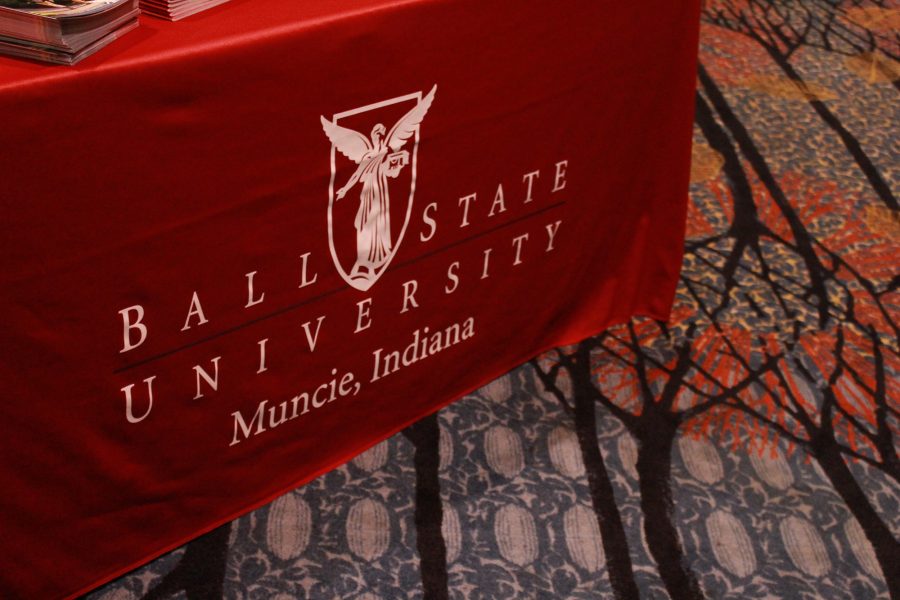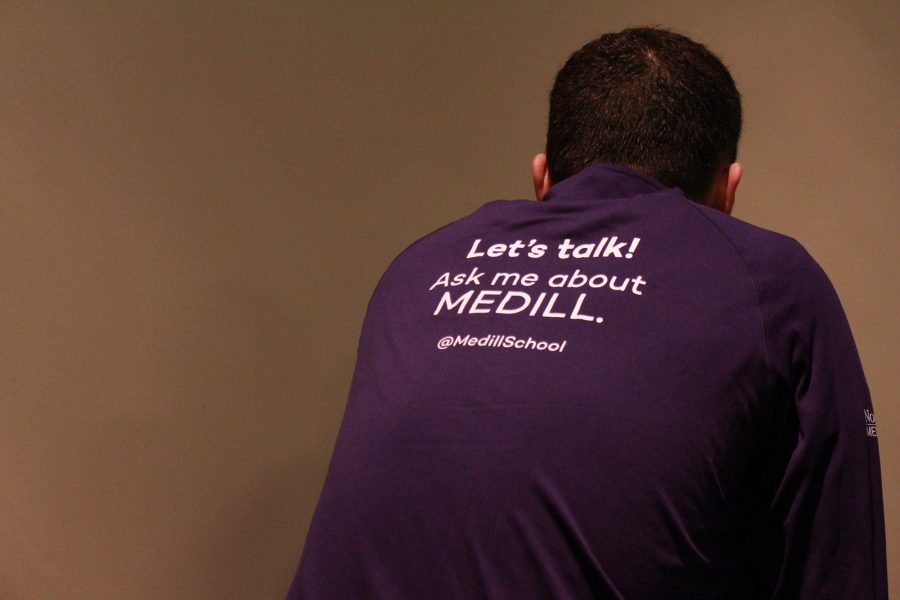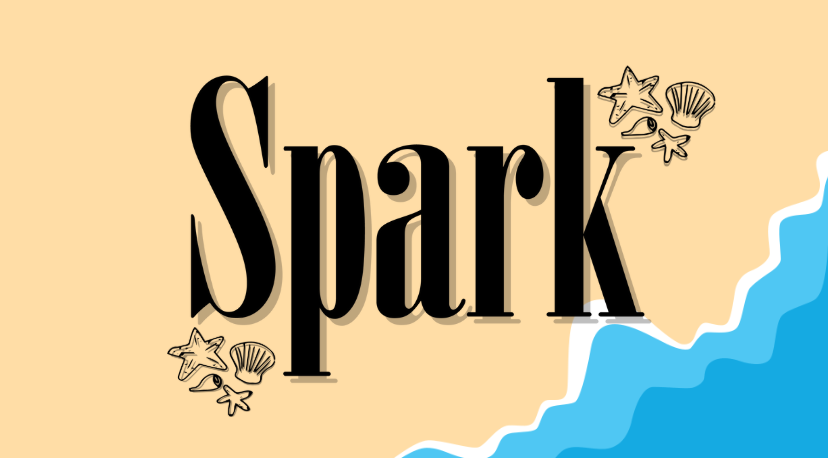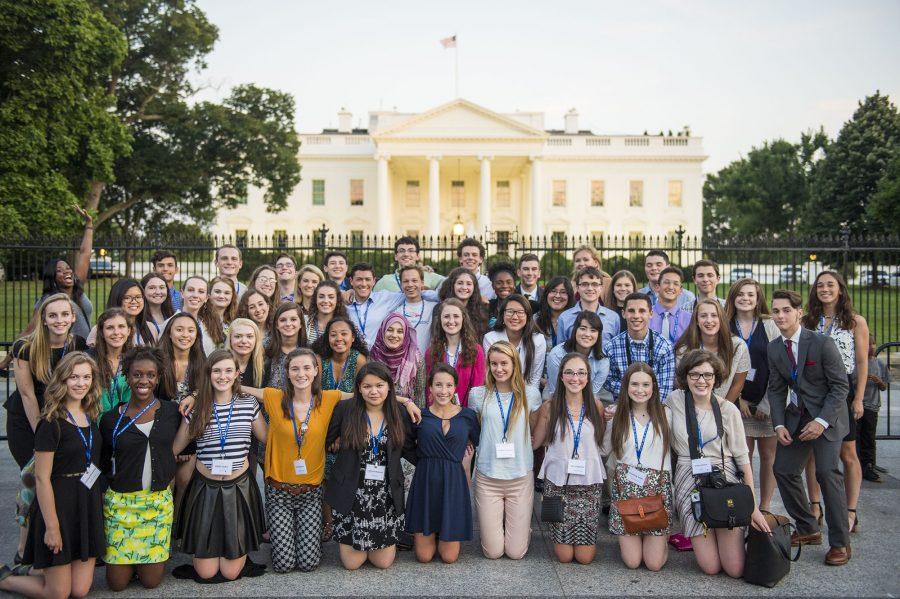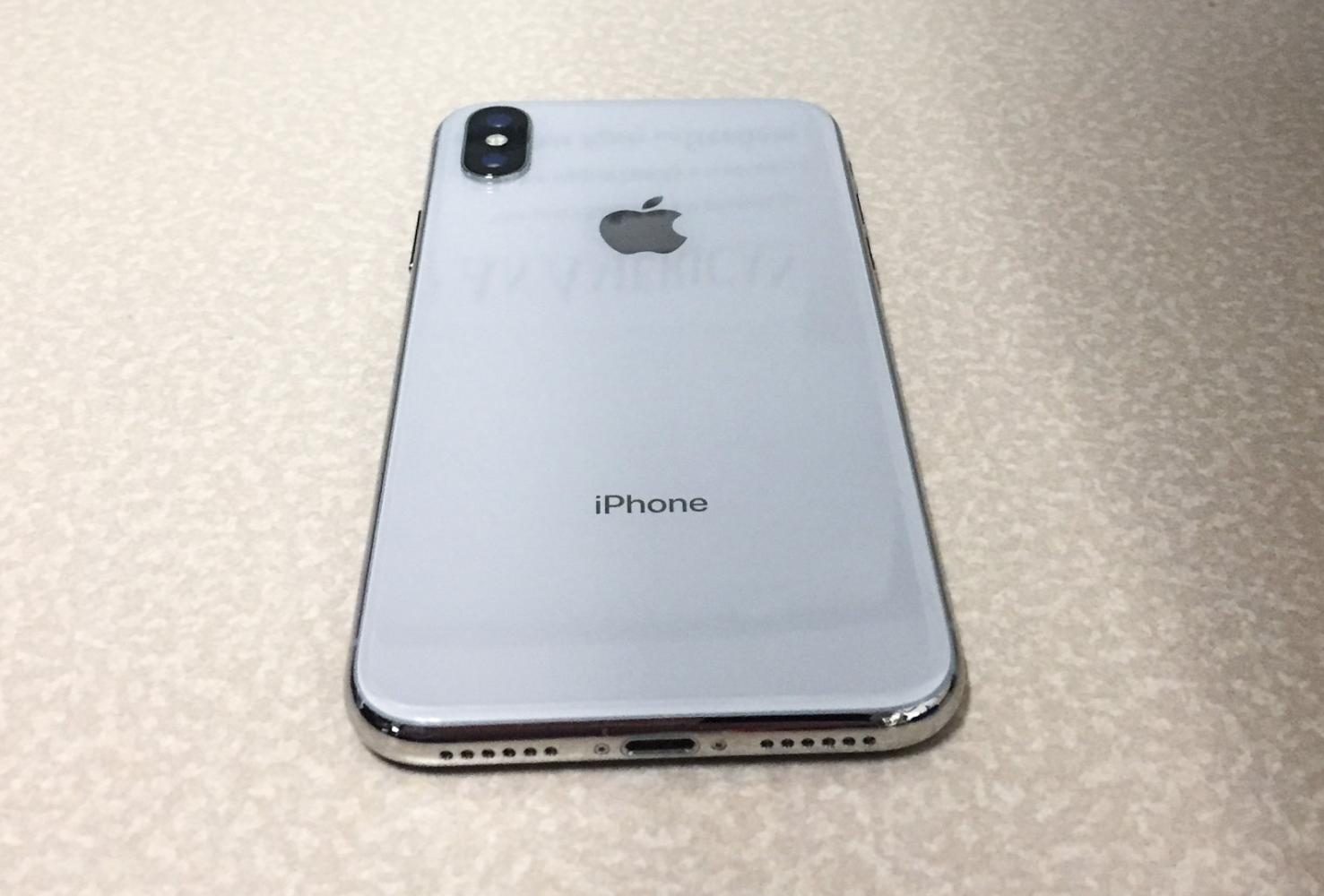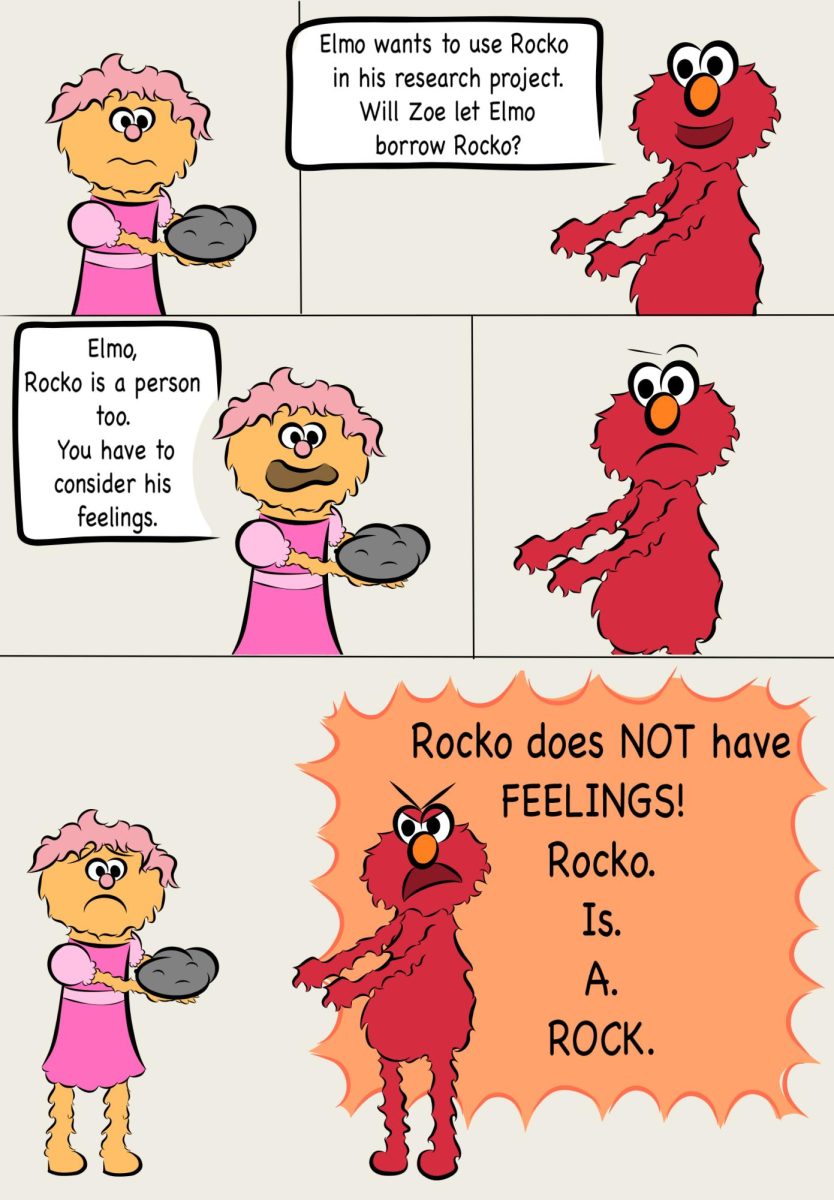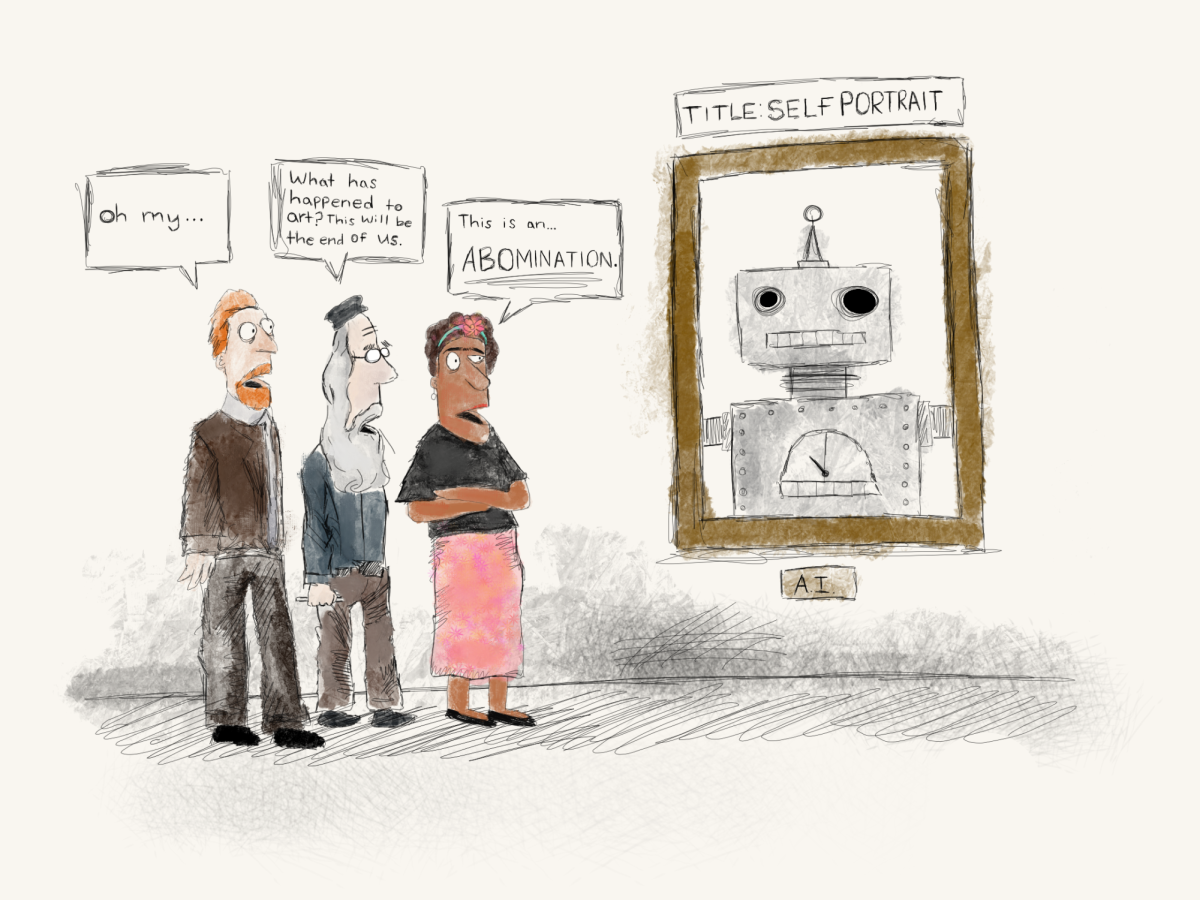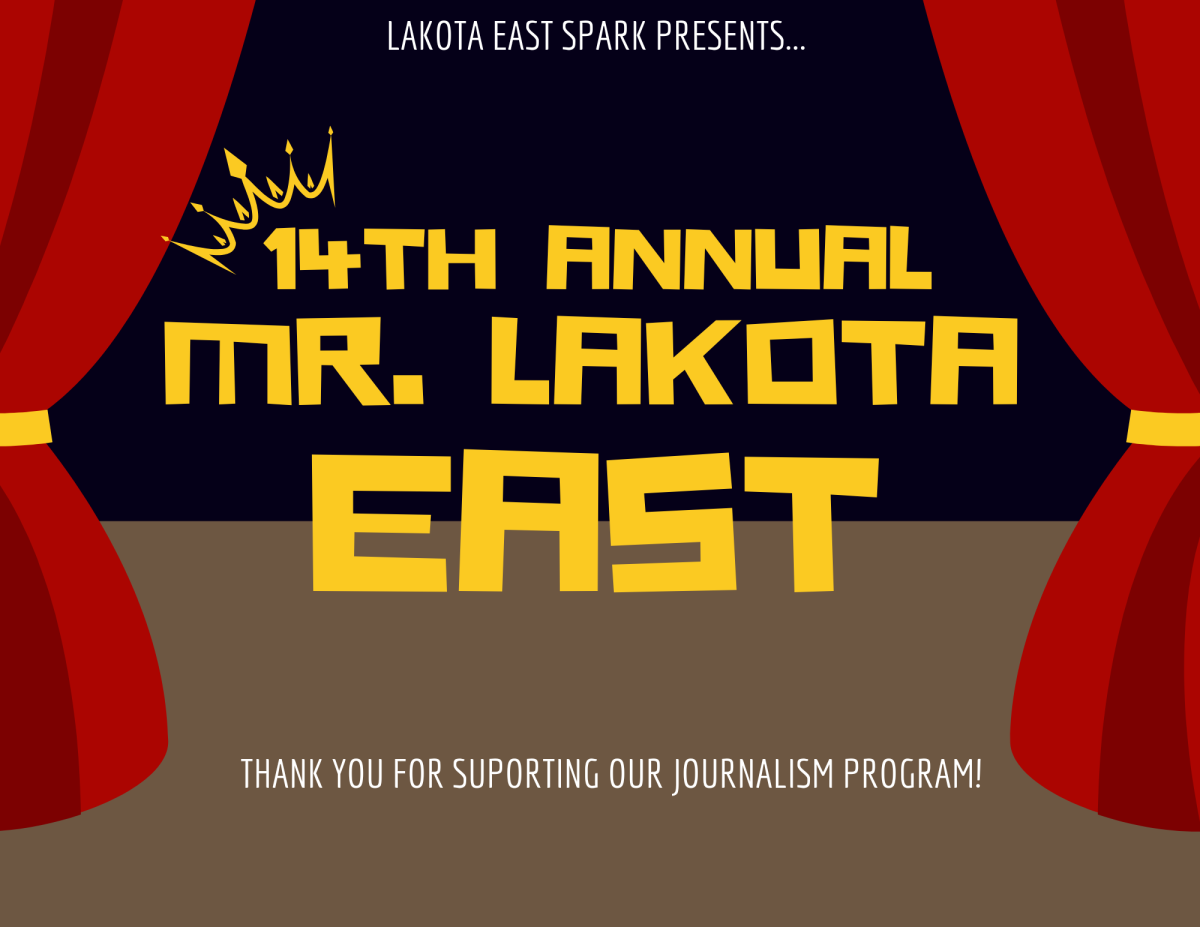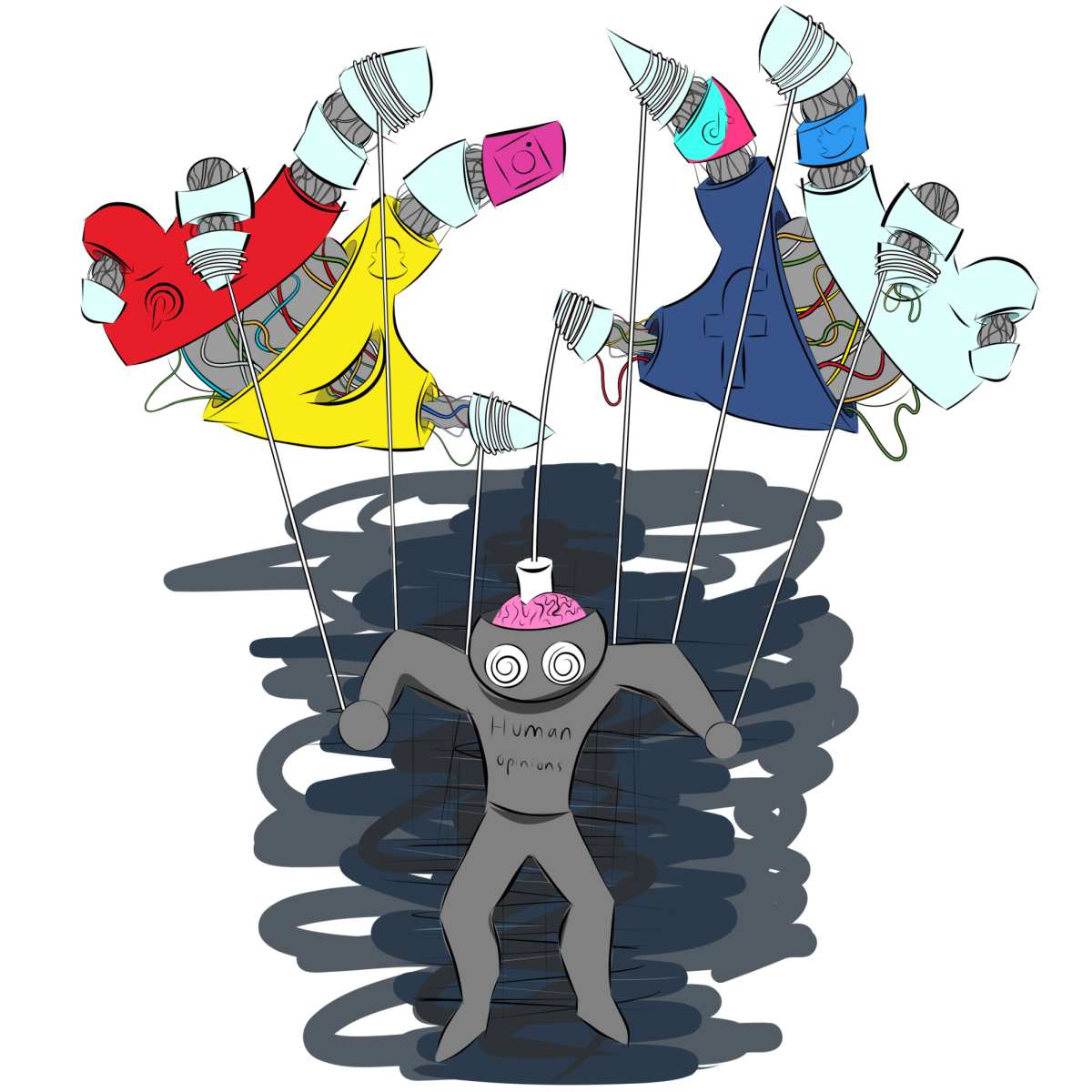Preparing for a slow start to my morning, I plodded into my Honors English 10 class. Today, however, I was pleasantly surprised. All East Honors English 10 classes participated in an introductory debate to Mary Shelley’s novel, “Frankenstein.”
We explored the ethical controversy regarding the moral risks associated with scientific exploration, more specifically human embryonic stem cell (ESC) research. Similar to my classmates continuing our debate outside of the classroom, this controversy has been fought for years as the scientific field develops.
Researchers have found that (ESC)’s are pluripotent, having the capability to turn into multiple different types of cells. ESCs also express self renewal, having the ability to rapidly multiply into exact copies of itself.
Therefore utilizing ESCs because of these traits would help expand humanity’s medical and scientific capabilities. However, harvesting these cells causes the destruction of the human embryo.
Many are concerned by the destruction of embryos due to the belief that the embryos hold the same level of moral value as a fully developed human being. Religious and moral beliefs affect the viewpoint centered around the idea that conception is the beginning of a human’s life. Due to this belief, many people believe this research causes the murder of what they perceive as human beings and, therefore, is unethical. Other concerns regard the sourcing of the embryos.
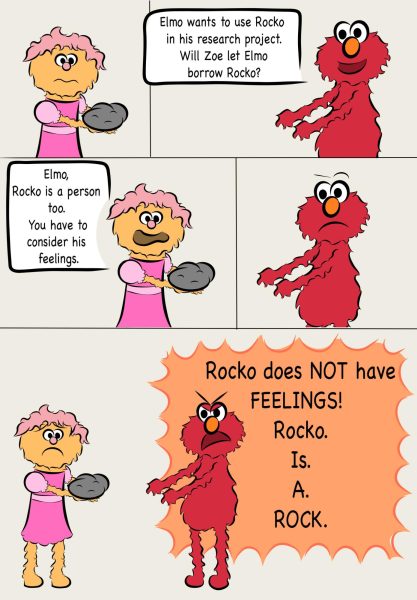
Researchers are allowed to receive donated oocytes, female egg cells. These concerns arose mainly because of the Hwang scandal of 2004 in South Korea. This scandal involved misinformed consent, the manipulation of staff to become donors, inappropriate payment to oocyte donors, and high levels of research failures, leading to the belief of wasted oocytes.
However, since 1947 in the United States, the Nuremberg Code has provided ten important guidelines when sciences utilize human subjects. The code requires fully informed consent by the donor or subject, low risk experimentation, benefits to humanity, conducted by qualified personnel, and previous animal experimentation to show educated plausibility.
With all this said, the destruction of human embryos for medical research purposes is justified and ethically right.
Utilizing ESCs in the medical field can save many lives. The book, “Stem Cells and the Future of Regenerative Medicine” by National Research Council and Institute of Medicine explains how ESCs have the potential to create a source of unlimited cells for transplants.
The book explains the enhancement of transplant success when ESCs are in use. The Organ Procurement and Transplantation Network said the 46,000 successful organ transplants were performed in 2023, not including the amount that were unsuccessful.
With the use of ESCs, the rate of transplant rejection, when the body’s immune system rejects a transplanted organ or tissue, can decrease greatly. If hematopoietic stem cells derived from the same ESCs of the transplanted organ are transplanted and allowed to develop blood cells, the transplantation is less likely to be rejected due to the body recognizing it as native organ.
However, transplantations are not the only use the ESCs have. According to Stanford Childrens, ESCs could be used to develop treatments for Type 1 Diabetes, spinal cord injuries, Alzheimer disease, and Rheumatoid Arthritis. The ESCs can replace many damaged cells due to their ability to transform into a multitude of types of cell and multiply rapidly.
With many potential cures and benefits with the use of ESCs in a medical environment, it is ethical to harvest stem cells from human embryos for research purposes. This research will save lives all around the world.


